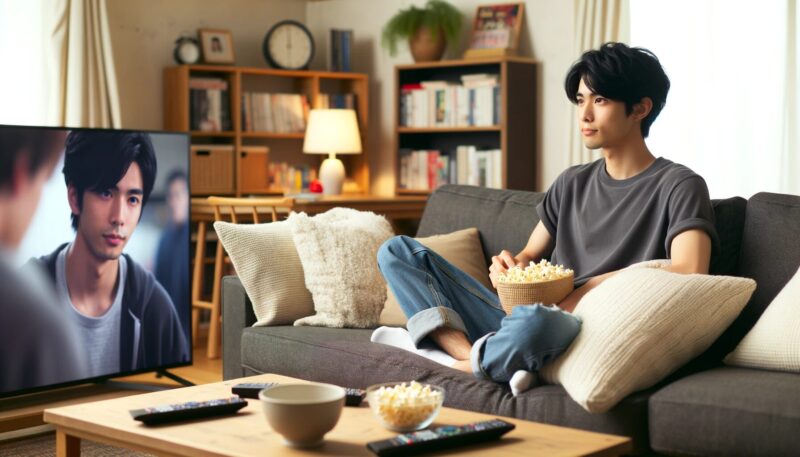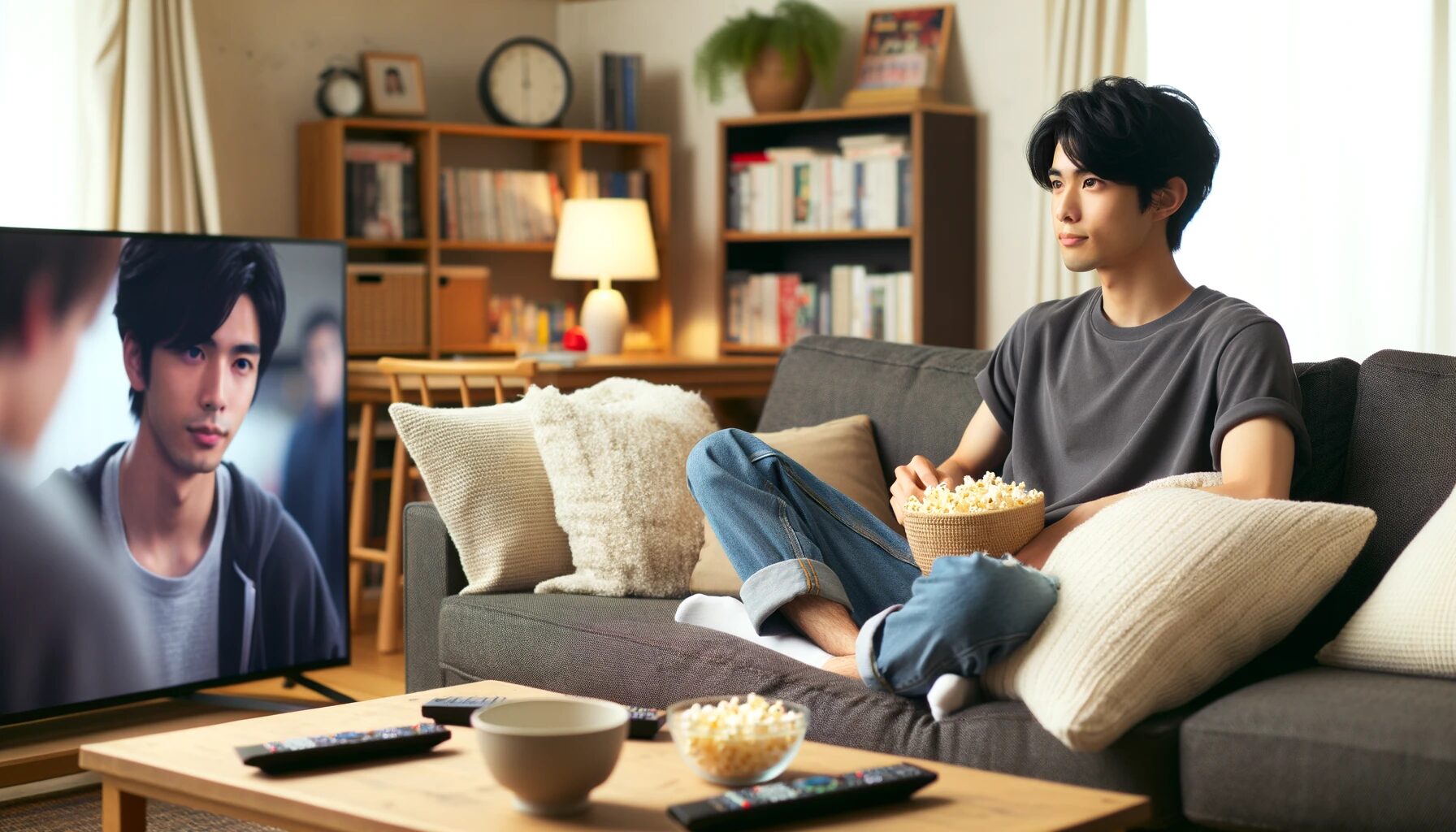姿勢(心理学)とは?
姿勢は単なる体の保ち方に留まらず、心理学において重要な役割を果たしています。
姿勢は私たちがどのように考え、感じ、周囲の世界と相互作用するかに影響を与えます。
この姿勢の心理学的側面は、私たちの内的状態と社会的相互作用の両方に影響を与えるのです。
姿勢と内的状態
私たちがどのように体を構えるかによって、感情や精神状態に影響を与えることがあります。
例えば、猫背は悲しい気持ちや自信のなさと相関する可能性がある一方、直立姿勢は自尊心や注意力を高める可能性があります。
研究によると、特定の姿勢をとることで、それに対応する感情状態が引き起こされることがあり、身体的姿勢が気分や考え方に直結することが示されています。
社会的交流における姿勢
内面的な影響だけでなく、姿勢は社会心理学においても重要な役割を果たしています。
座り方、立ち方、動き方は他者からの評価に影響を与えます。
例えば、両手を広げ、肩をまっすぐ伸ばした自信に満ちた姿勢をとると、親しみやすさや自己肯定感が伝わり、社会的な関係やコミュニケーションに影響を与えます。
文化的・社会的影響
姿勢の解釈は文化や社会によって異なることがあります。
ある文化圏では自信に満ちていると考えられていても、別の文化圏では異なる解釈をされることもあります。
したがって、姿勢の心理的影響を分析する際には、文化的背景を理解することが不可欠です。
結論
姿勢は心理学の領域において重要な意味を持ち、私たちの内的な感情状態と外的な社会的相互作用の両方に影響を与えます。
姿勢の心理的意味を理解し活用することで、個人の精神的幸福と他者との関係の両方を改善することができます。

私の経験から具体例で分かりやすく解説!

私の一日
大学院生である私は、学業と余暇活動のバランスをとりながら、一日の中でさまざまな姿勢をとることが多いです。
これは、私の内面的な状態と活動の性質の両方を反映しています。
立って仕事をする
私にとって、立って仕事をすることは集中力を維持するための方法です。
研究に取り組んでいるときでも、論文を書いているときでも、学術資料を読んでいるときでも、立ち続けることで注意力を維持し、集中力を高めることができます。
また、疲労感やだるさを感じることなく簡単に仕事を切り替えられるので、達成感も得られます。
リラックスするために座る
それとは対照的に、くつろぎたいとき、特に映画鑑賞や読書をするときに座ることにしています。
この姿勢の変化は、仕事からリラックスモードへの移行を意味するだけでなく、肉体的な安らぎを与えてくれます。
これは、学業と余暇を分ける方法であり、生産性とリラックスのバランスを取るのに役立ちます。
結論
私は1日を通して、立ったり座ったりを繰り返し、心の状態や生活の中のさまざまな活動を反映させています。
このバランスは、学業の生産性と個人的な健康の両方を維持するのに役立っており、姿勢と心理学の複雑な関係を示しています。

この記事は、クリエイティブ・コモンズ 表示-継承 4.0 国際 パブリック・ライセンスのもとで公表されたウィキペディアの項目「Posture in Psychology」を素材として二次利用しています。また、ChatGPTを使用して文章や画像を作成しています。

